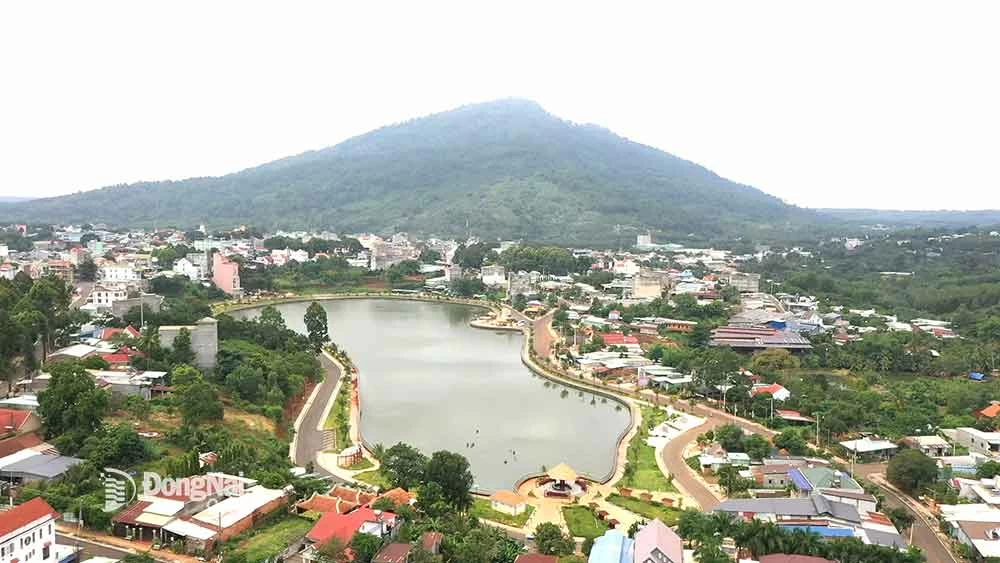 |
| Long Thuy Lake seen from above, in the distance is Ba Ra Mountain (today's Phuoc Long ward). Photo: Truong Hien |
Within the scope of this article, I would like to stop at a very modest perspective on the history of place name vocabulary, from the time Trinh Hoai Duc wrote Gia Dinh Thanh Thong Chi.
More recently, in the book "A Brief Study of the Origin of Place Names in the South" by Vietnamese language expert Bui Duc Tinh, Ho Chi Minh City General Publishing House, reprinted in 2022; page 33 has a paragraph: "When Nguyen Huu Canh (1698) first entered the district and established the dinh, Dong Nai region was established as Tran Bien Dinh, including only Phuoc Long district, Thay Gon region (later became Saigon), (...) Tran Dinh region only included Tan Binh district...".
It should also be added that the Vietnamese character "phuc" was written as "phuong" due to taboo taboos during the Nguyen Dynasty (the dynasties of lords and kings), and the Chinese character form (character form), written the same, includes the left side as the radical thi, the right side as the characters nhat, khau and dien, and only has this character phuc/phuong, there are no other homophones.
The book Gia Dinh Thanh Thong Chi, translated by the Institute of History, edited and annotated by scholar Dao Duy Anh, has two words "Phuc" and "Phuong" co-existing, but Phuc Long is more popular as the name of the district (page 103,Education Publishing House, 1999), the name of the prefecture, pages 96,156, the name of the river, page 20 and the name of the village, pages 62,113,119. Written and read as Phuoc Long, pages 21,23, 27,28, the book cited.
Using river names to name administrative places and vice versa is a common occurrence in the history of Vietnamese language development. Because there is Phuoc Long district/prefecture, the river flowing through this land is called Phuoc Long river/Phuoc Long giang.
Dong Nai River / Loc Da came first according to the folk etymological understanding (there is also a hypothesis that Dong Nai / Da Dong / Lon River according to the Ma language by Professor Tran Quoc Vuong in the book Vietnam - A cultural geography view; National Culture Publishing House, 1999, one doubt, another story).
Phuoc Long, since the time of Nguyen Huu Canh, established the feudal government apparatus, managed, developed and collected taxes, is an administrative place name. It should also be added that “long” here in Chinese means “prosperous land”, which has nothing to do with “long” meaning dragon. Thang Long originally meant “flying dragon” until the time of Gia Long, the word long changed its form, meaning prosperous land.
In the book Southern Voice Dictionary by scholar Vuong Hong Sen, page 486, there is a note: During the French period, it was Ba Ra district, Bien Hoa province, where political prisoners were imprisoned. Since 1957, it was separated into Phuoc Long town, Phuoc Binh province. The author also mentioned that the old name of Phuoc Long was Do Sa(?).
Compared to Phuoc Long, An Loc and Loc Ninh have much less history of place name vocabulary. The book Gia Dinh Thanh Thong Chi has notes on An Loc Thon, An Loc Tan Thon, An Loc Dong Thon. Tan (new), Dong (location, seen a lot in place name structures, Tan Dong Hiep, Hanh Thong Tay...).
Loc Ninh is the name of the later district, a word structure taken from the "five blessings", fortune, prosperity, longevity, health, and peace.
Among the ward names of the new Dong Nai belonging to Binh Phuoc (old), the name Phuoc Long has the most documents, meaning the name of a river, also known as Hoa Quoi/Quy, Loc Da, Dong Nai rivers.
Tran Chiem Thanh
Source: https://baodongnai.com.vn/dong-nai-cuoi-tuan/202507/vai-ten-phuong-cua-tinh-dong-nai-moi-o-tinh-binh-phuoc-cu-eac28b8/



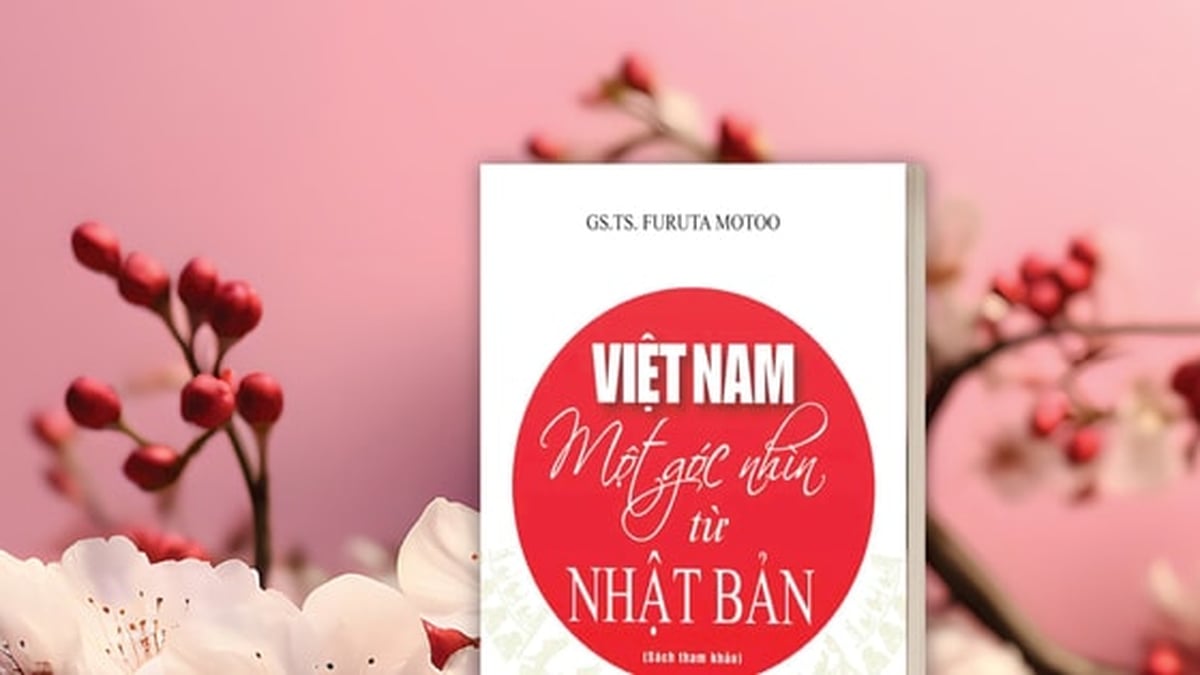


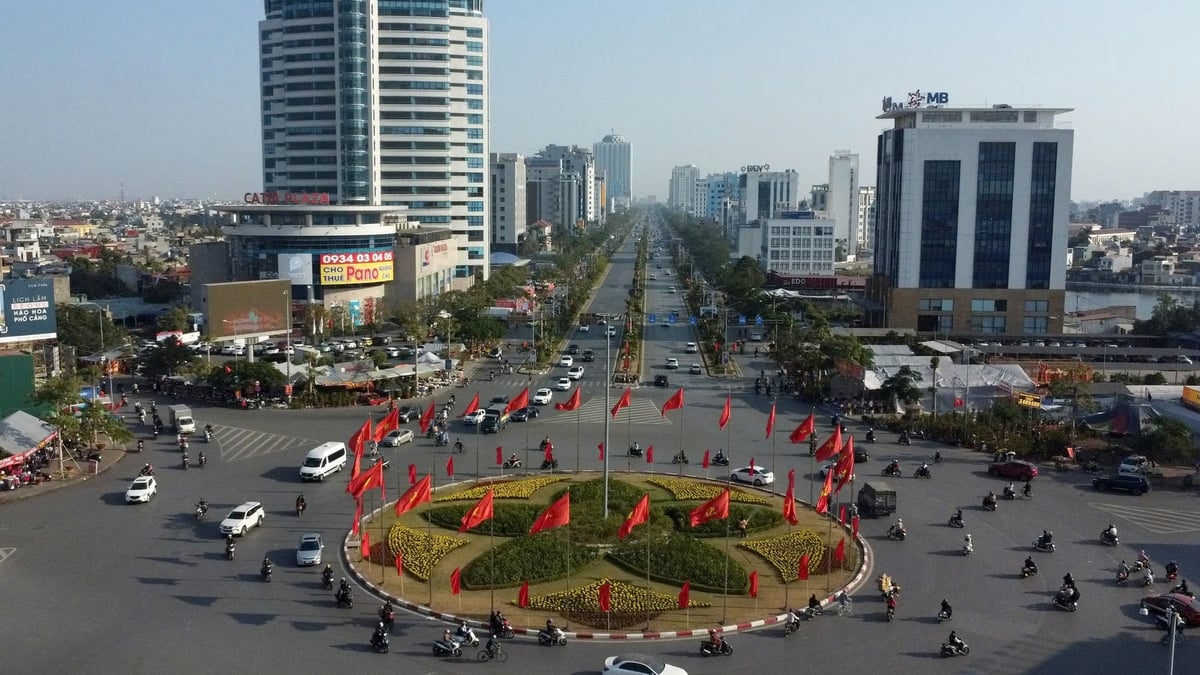















![[Photo] Gia Lai provincial leaders offer flowers at Uncle Ho's Monument with the ethnic groups of the Central Highlands](https://vphoto.vietnam.vn/thumb/1200x675/vietnam/resource/IMAGE/2025/7/9/196438801da24b3cb6158d0501984818)








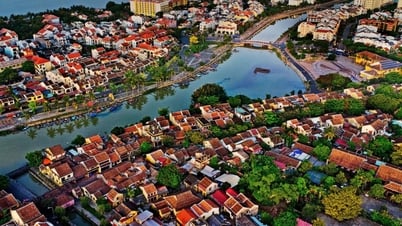








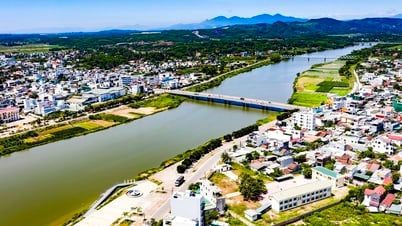





















































Comment (0)